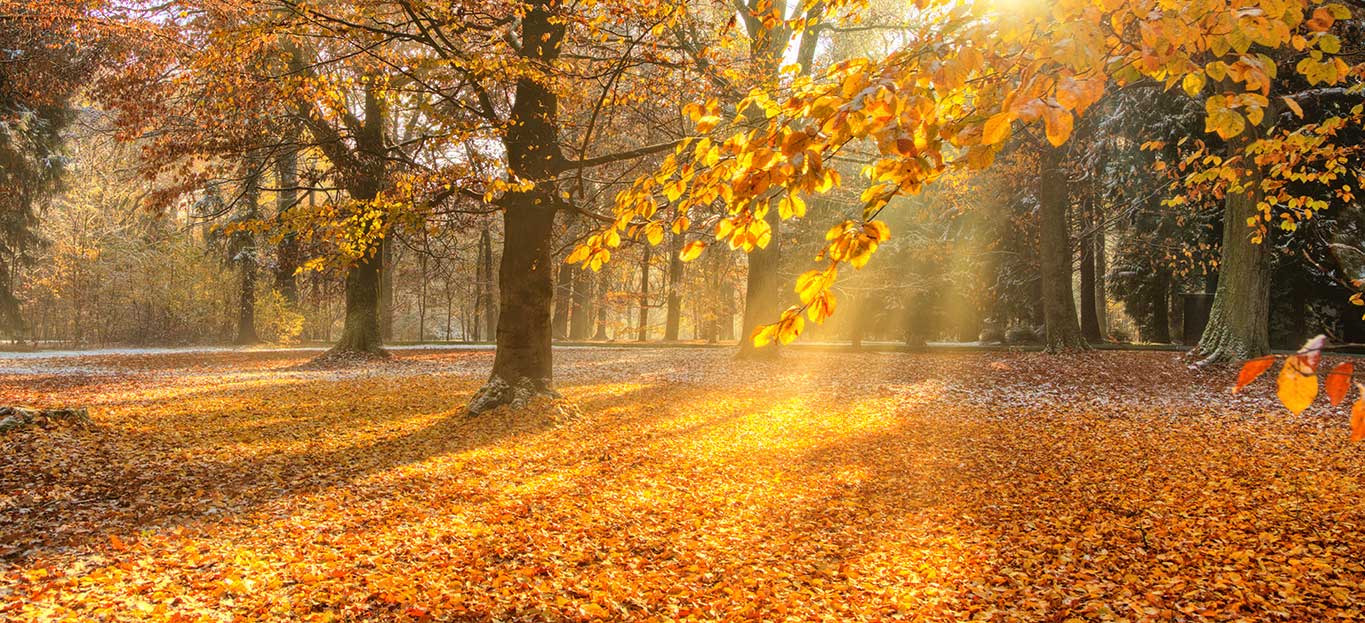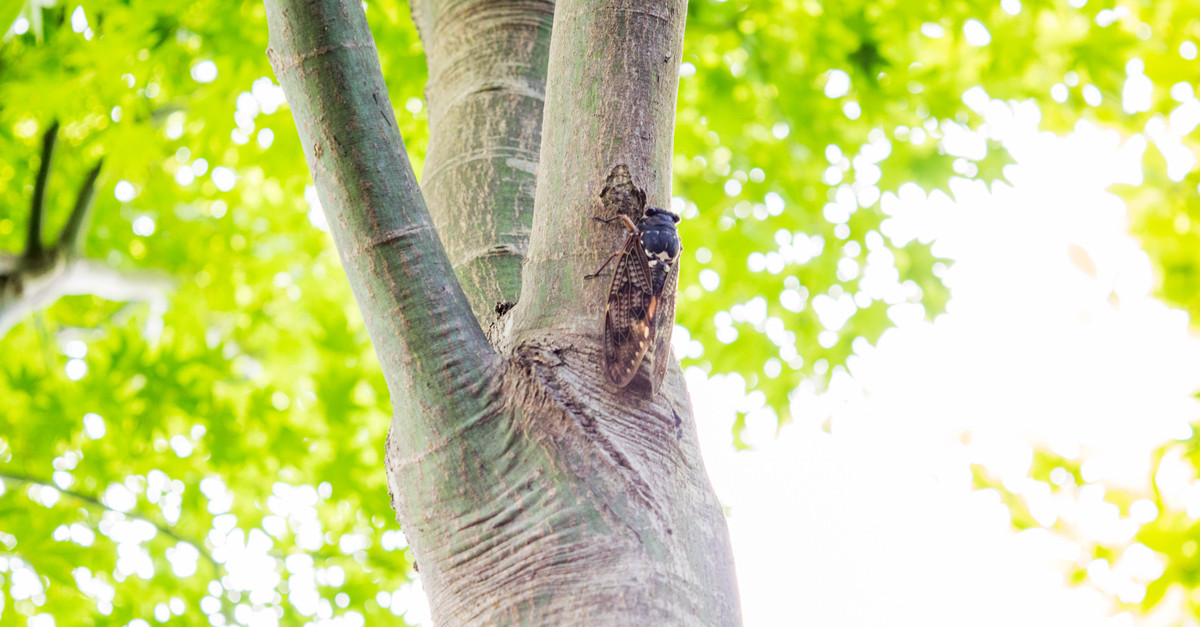It’s Not Easy Being Green: The Lives of Trees
We’ve seen trees around us all our lives, so it’s often easy to take them for granted – but inside, the world’s favorite foliage is so much more complex than most people may imagine. Take a look at the facts below to learn a little bit more about the secret lives of trees.
From Seed to Sprout
Trees of all types take root as a single seed, which may come in the form of an acorn, pod, or papery cone. After establishing its roots, the tree often grows in the direction of the sun. For some trees, constantly blowing wind currents may influence the tree’s direction of growth as well. Growth starts within the trunk of the tree, which is made up of several distinct stratums, or layers. Each year that a tree lives, another layer is added to the trunk, creating growth rings, which spill the seeds about the age of any tree.
Tree Anatomy 101
Let’s start with the trunk, the main source of a tree’s growth. The trunk connects the roots and the top leafy portion of the tree, known as the crown. The outer layer of the trunk is the bark. This serves as the tree’s thick skin, protecting it from weather conditions, cold temperatures, excessive heat, and pests. Peel back the bark and you’ll discover the phloem, or the inner bark. The phloem constantly grows along with the tree, absorbing water and nutrients. Living for only a short while, the phloem regularly dies and becomes cork, i.e. the outer bark.
Barking up a Tree’s Trunk
Other layers in the trunk include the cambium cell layer. This layer works directly with the phloem by stimulating cell growth, which is used for shooting sprouts and leaf buds through the tips of branches. Like the phloem, the cambium cell layer regularly dies and turns to cork. Sapwood is the next layer inside a tree. This is where water is sucked up from the roots. Sapwood shoots water through to the tree’s tiniest twigs. Heartwood, the innermost part of a tree’s trunk, is the life source of any sapling, no matter how big or small. It is like a tree skeleton, neither alive nor rotting, but simply beneficial for holding the tree upright. Don’t doubt the heartwood’s strength, though, as this inner core can be as strong as steel pipe.
Branching Out
Out from the trunk, you’ll find the parts of a tree that you’re probably most familiar with. At the top of the tree trunk you’ll find branches, which are often covered in needles, leaves, or other seed-producing tree parts. This is where a tree absorbs the sunlight necessary for making chlorophyll, which is the vitamin-packed food for trees. The root system holds the tree into place, while simultaneously providing a connection to a water source.
The next time you’ve got a question about a tree that’s becoming a thorn in your side; contact Premier Tree Solutions at 404-252-6448.







